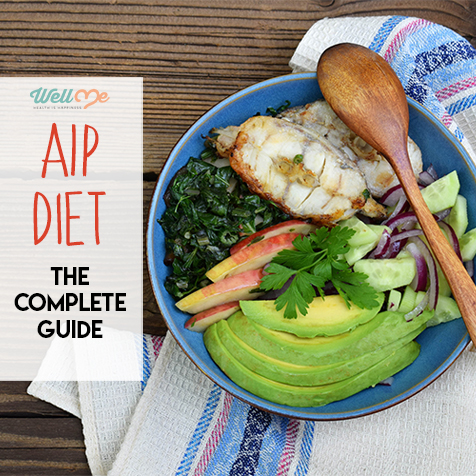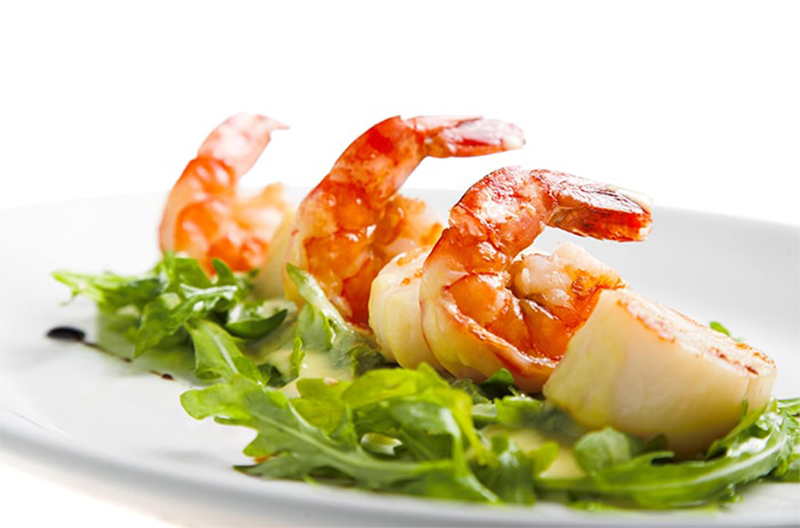Wondering what the Autoimmune Paleo diet (AIP diet)? If you’re new to this plan and want to know more about it, you’ve come to the right place. More than a humble diet trend, this version of the nutritious Paleo diet could allow people with autoimmune diseases to better manage their conditions. However, it happens to come with a strict set of guidelines that you’ll need to follow exactly. Here’s what you need to know about getting the AIP diet right:
What is the AIP Diet (Autoimmune Paleo Diet)?

As the name suggests, the autoimmune Paleo diet is an eating plan recommended for people living with autoimmune diseases. These types of diseases cause a person’s immune system to malfunction and attack their own bodily tissues. That can cause the person suffering from an autoimmune disease a whole range of health problems and concerns.
Around 50 million Americans currently suffer from a type of autoimmune disease, according to the American Autoimmune Related Diseases Association.[1] One of the most common symptoms of these illnesses is inflammation and, in many of these cases, inflammation of the bowels specifically.
With that in mind, the AIP diet is a plan that may help people more effectively manage their illness. The underlying theory is that having a ‘leaky gut’ causes autoimmune diseases. The scientific name for the problem is altered intestinal permeability, i.e. when the intestinal barriers are weak. Research published in the US National Library of Medicine suggests that strengthening these barriers could help to prevent autoimmune diseases.[2]
The Autoimmune Paleo Diet attempts to heal the intestinal barriers and prevent ‘leaky gut’. For that reason, the foods that are included in the AIP diet are always rich in nutrients and don’t cause inflammation. While it’s similar to the standard Paleo diet meal plan, it includes stricker guidelines and you must avoid more food types when following it.
The main guidelines suggest that people with autoimmune diseases follow the plan for a short trial period. Doing so should help to ease some of the symptoms of the person’s illness.
After the initial weeks have passed, the person can choose to start slowly reintroducing and eating the foods that they were avoiding as part of their diet plan. However, these foods should be eaten in moderation.
13 Key Foods to Eat on the AIP Diet
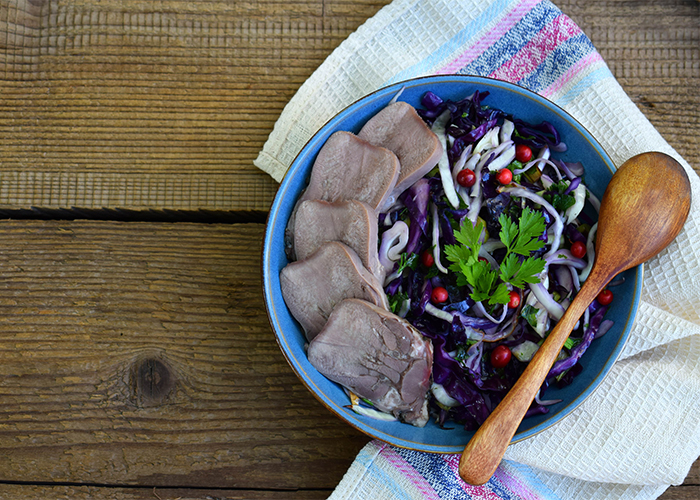
Now that you have an understanding of what the AIP diet is, it’s time to take a look at the types of food the plan includes. As we’ve already mentioned, you’ll need to consume nutrient-rich products when following this specific plan. That means the meals you eat will consist of natural ingredients. Here are some of the foods you can eat on the AIP diet:
- Grass-fed meat
- Fish
- Non-nightshade vegetables (e.g. sweet potatoes, yams, and cauliflower)
- Mushrooms
- Fruit
- Coconut and coconut-based products
- Dairy-free fermented foods
- Honey
- Maple syrup
- Olive oil
- Avocado oil
- Vinegars
- Green tea
Of course, how you use the above list of AIP diet-approved foods is up to you. Whenever you’re following a diet plan, making sure that you’re creative in the kitchen is essential. It may help to write down this revised Paleo food list and see what recipes you can make.
10 Foods to Avoid on the AIP Diet
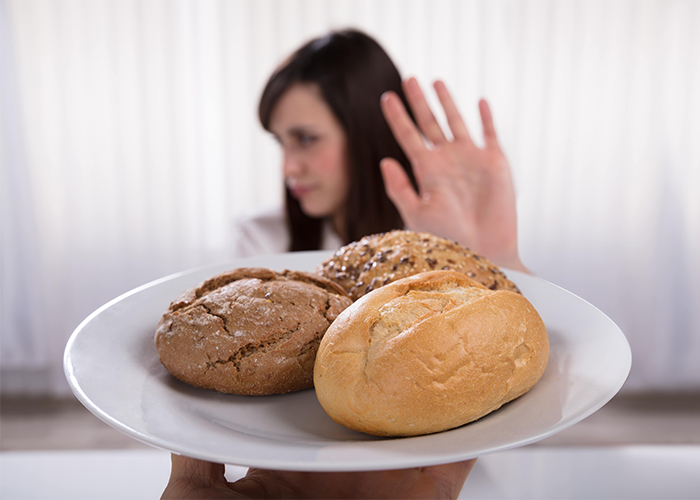
While there are many healthy, natural foods you can enjoy as part of the AIP diet, you should also be aware of the ones you’ll need to avoid.
This plan has more restrictions than the standard Paleo plan, which means you’ll have to be careful when planning meals or ordering from a Paleo meal delivery service.
Let’s take a look at a list of ten foods you’ll need to avoid entirely when following the autoimmune Paleo diet:
- Dairy products (including butter and ghee)
- Eggs
- Legumes (e.g. beans and lentils)
- Nightshade vegetables (e.g. tomatoes, bell peppers, and eggplant)
- Sugars and sugar replacements
- Grains
- Wheat
- Alcohol
- Food additives
- Sunflower or vegetable oils
Needless to say, you may find it hard to stick to these rules when you first get started on your diet. Still, if you have an autoimmune disease, you may find that cutting out these foods will help you better manage your symptoms, which makes the effort totally worth it. For that reason, you should aim to be as vigilant as possible when you’re cooking meals or ordering them from a third party.
Pro Tip: Always read the ingredients when buying food. You can’t be sure what prepackaged food contains without checking the label thoroughly.
How Effective is the Paleo Autoimmune Diet?

Before we go any further, let’s take a look at the facts. How effective is the Paleo autoimmune diet when it comes to treating digestive problems? Since the eating plan is relatively new, there hasn’t been a great deal of research on the subject. With that in mind, many of the claims that nutritionists make are based on anecdotal evidence.
While the research is scarce, the results thus far have been positive. A study published in the US National Library of Medicine suggests that following the Autoimmune Paleo Diet could be beneficial for people with inflammatory bowel diseases such as Crohn’s disease and ulcerative colitis.[3]
The researchers found that when participants switched to this diet plan, their inflammation symptoms improved. While the study authors noted that more trials were needed, this supports the notion that the AIP diet can help people with inflammatory gut problems.
Before experts can confirm whether or not the AIP diet is effective for patients, they need to wait for more research to be conducted. Of course, thanks in part to the popularity of the AIP diet plan, there’s certain to be upcoming studies based around it.
Right now, there’s an element of trial and error here. Those struggling with inflammatory illnesses may want to try the Paleo autoimmune diet for a trial period of time to determine if it works for them.
Sample AIP Diet Approved Menus
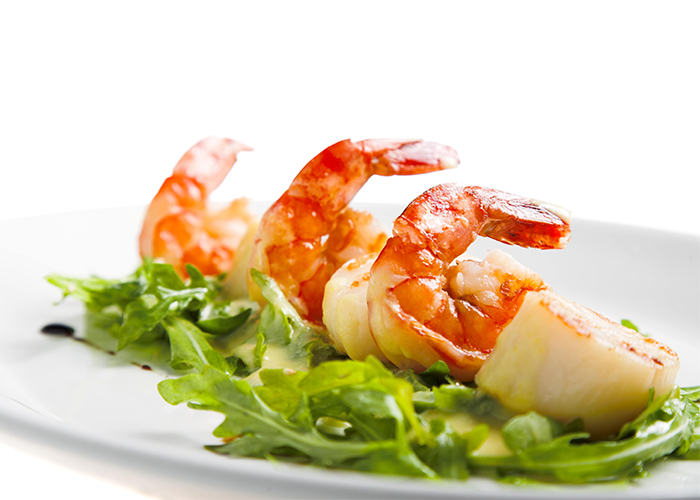
If you’re considering starting the AIP diet yourself, you may want some inspiration. Since there are so many different restrictions here, finding the right meal plan for you can be a challenge. We’re more than happy to help. Take a look at some of these sample menus to help you decide how to plan out your weekly meals:
- Monday
Breakfast: Banana, blueberry, and coconut milk smoothie
Lunch: Leafy greens and chicken salad
Dinner: Sweet potato mash and lean grilled beef
Snacks: Apple slices - Tuesday
Breakfast: Coconut flour muffins
Lunch: Roast parsnip soup
Dinner: Vegetable stir-fry with chicken
Snacks: Honey and berries - Wednesday
Breakfast: Banana and coconut flour pancakes
Lunch: Salmon and cucumber salad
Dinner: Beef tacos with cassava flour wraps and homemade guacamole
Snacks: Sliced avocado - Thursday
Breakfast: Grilled bacon and sausages
Lunch: Chicken and vegetable sandwiches with cassava bread
Dinner: Shrimp served on leafy salad
Snacks: Sliced fruit and maple syrup - Friday
Breakfast: Avocado on cassava bread toast
Lunch: Pumpkin and sweet potato soup
Dinner: Lean steak with a side of cauliflower
Snacks: Homemade coconut cookies - Saturday
Breakfast: Sweet potato hash and grilled chicken
Lunch: Grilled fish with a side of fried mushrooms
Dinner: Meatballs with eggplant noodles and sweet potato sauce
Snacks: Plantain chips - Sunday
Breakfast: Coconut milk and pineapple smoothie
Lunch: Honey-roasted chicken with parsnips
Dinner: Ginger pork tacos (with salad leaves as tortillas)
Snacks: Cucumber and peach salad
Of course, the key to starting this diet plan and sticking to it is variety. You don’t want to constantly cook and eat the same meals. That’s why you should aim to learn as many new recipes as you can. The more you experiment with AIP diet-friendly ingredients, the better.
Pro Tip: Plan your weekly meals in advance! That way, when you do your grocery shopping, you can make sure you only buy what you need.
3 Expert Tips for Following the AIP Diet

Ready to start the AIP diet? If you’re about to embark on this journey, you need all the advice and support you can get. The road ahead may be difficult; however, if you follow these expert tips, you should find that following this diet plan doesn’t have to be a huge hassle.
Here’s what you need to know:
- Cook meals at home
Home-cooked food is the best bet when you’re following the AIP diet. Since the plan has a great many restrictions, you need to be extra careful. By making the majority of your meals at home, you’ll have total control over what ingredients they include. That will make sticking to your diet plan as straightforward as possible. - Prepare lots of snacks
When you’re out and about, you’re bound to get hungry! That’s why you should make sure you prepare AIP-friendly snacks ahead of time. Keeping these treats in your bag means you won’t break the guidelines of the plan when you’re feeling peckish. - Stick to a schedule
Do you always tend to eat at the same times each day? Sticking to a schedule when it comes to meals will help you beat cravings! The last thing you want is to stray from the plan because you haven’t thought ahead. By making sure you know what you’re eating and when you’re eating it, you can keep track of your meal plan.
You Can Do It!

The AIP diet plan is becoming more and more popular among people who have autoimmune diseases. While more evidence is needed to determine how effective this plan is at combating inflammation, it could be worth giving it a whirl.
Throughout this guide, we’ve offered advice, tips, and inspiration to help you get started. The rest is up to you! We hope you get amazing results.
